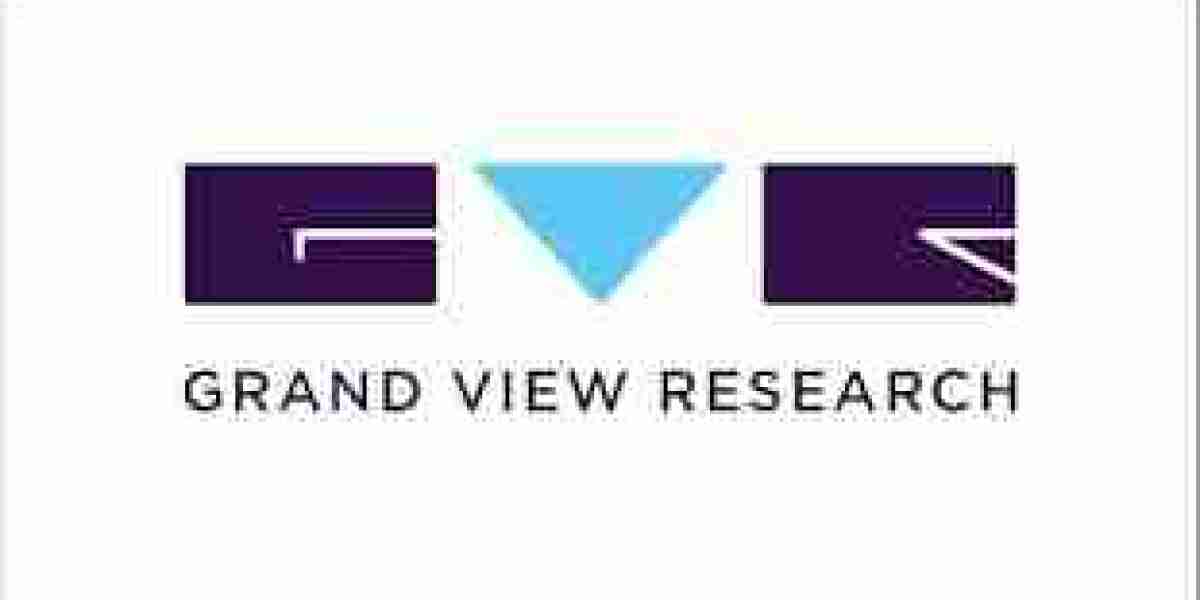The global precast concrete market was valued at USD 105.72 billion in 2023 and is projected to grow at a compound annual growth rate (CAGR) of 5.8% from 2024 to 2030. This growth can be attributed to several key factors that are driving demand for precast concrete across the globe.
One of the main drivers is the expansion of the construction industry, particularly in both developed and developing countries. As nations continue to increase investments in infrastructure development, the demand for precast concrete—known for its durability, efficiency, and cost-effectiveness—has grown significantly. Infrastructure projects, such as highways, bridges, and commercial buildings, are becoming more widespread, requiring the use of advanced building materials like precast concrete for faster and more sustainable construction.
Another contributing factor is the rise in disposable income levels in many countries. As more people have greater financial capacity, there is a growing demand for residential construction, which directly boosts the demand for building materials, including precast concrete. With urbanization on the rise, particularly in emerging economies, the need for residential housing and commercial spaces is also escalating, further driving market growth.
Regional Insights
Asia Pacific:
In 2023, Asia Pacific led the global precast concrete market with a revenue share of over 35.0%, and the region is projected to experience the fastest growth, with a compound annual growth rate (CAGR) of 6.8% from 2024 to 2030. The region's robust growth is largely driven by the rapid economic development in several emerging economies, including India, Indonesia, and Malaysia. These countries are witnessing significant infrastructure expansion due to increasing urbanization, population growth, and rising disposable incomes, all of which contribute to a greater demand for construction materials like precast concrete.
Additionally, stringent environmental regulations in countries across the region that limit carbon dioxide emissions are encouraging the adoption of eco-friendly building solutions. Precast concrete, known for its reduced environmental impact and energy efficiency during the manufacturing and construction process, is well-suited to meet these regulations, further driving its demand. Governments in countries like India are also prioritizing sustainable construction practices and resource efficiency, which makes precast concrete an attractive option for both public and private infrastructure projects.
Furthermore, the industrial sector's growth in India, coupled with increasing demand for modern and cost-effective construction solutions, is expected to significantly boost the market for precast concrete in the region. As the construction industry continues to focus on faster, more efficient, and economical building techniques, precast concrete will play an essential role in addressing these needs.
Europe:
Europe held the second-largest revenue share in the global precast concrete market in 2023. The region has a long history of adopting advanced construction technologies, with Nordic countries (such as Sweden, Norway, and Finland) being among the earliest adopters of precast concrete technology. As a result, the use of precast concrete has become deeply ingrained in European construction practices, and its penetration is expected to continue rising throughout the forecast period.
In addition, Europe’s economic growth, driven by increasing private investments in emerging economies, is further enhancing the demand for precast concrete. The construction industry in Europe has seen a strong recovery in recent years, following challenges from economic slowdowns and the COVID-19 pandemic. This recovery is driven by the increasing adoption of digitization and resource-efficient construction practices, as well as the growing focus on sustainability and the circular economy—all of which support the use of precast concrete in modern construction projects.
Germany is a key player in the European construction market due to high investments in the sector. The country benefits from favorable government incentives, strong economic confidence, and a focus on resource efficiency, making it a prime market for precast concrete. Additionally, the country’s commitment to sustainable construction practices and energy-efficient building solutions is driving the adoption of precast technology. As these trends continue, Germany’s construction market is expected to see increased demand for precast concrete, further boosting its market value in Europe.
Browse through Grand View Research's Category Advanced Interior Materials Industry Research Reports.
- The global dolomite market sizewas valued at USD 1.97 billion in 2024 and is projected to grow at a CAGR of 7.8% from 2025 to 2030.
- The global centrifugal pump market sizewas estimated at USD 39.80 billion in 2024 and is projected to grow at a CAGR of 4.2% from 2025 to 2030.
Key Companies & Market Share Insights
The precast concrete industry is highly competitive, with a large number of players offering a diverse range of products. This intense competition is further exacerbated by the presence of several dominant players that have established strong market positions in key regions such as North America, Europe, and parts of Asia Pacific, including Australia. The industry's competitive rivalry is heightened by the high degree of both forward and backward integration among major companies. This means that many leading players are involved not only in manufacturing precast concrete but also in related processes such as raw material supply, logistics, and distribution. As a result, these integrated operations provide significant control over the supply chain and enhance market competitiveness, making it challenging for new entrants to establish themselves in the market.
Several strategic moves by major players reflect the ongoing efforts to strengthen their market presence and expand their reach. Notably, in October 2023, Fabcon Precast made a strategic acquisition by purchasing Bristol Precast, a division of the Bristol Group that specializes in engineered precast and prestressed concrete products. This acquisition, which focuses on expanding operations across multiple U.S. states, particularly in the mid-South U.S. market, is designed to enhance Fabcon's geographical reach and bolster its competitive edge in this growing market segment.
Similarly, in February 2023, Holcim, a global leader in construction materials, expanded its market footprint by acquiring HM Factory, a Poland-based company specializing in precast concrete solutions. HM Factory's strong presence in the Scandinavian and Polish markets makes this acquisition particularly valuable for Holcim, as it seeks to expand its Solutions & Products segment to represent 30% of its overall net sales by 2025. This move is part of Holcim's strategy to diversify its portfolio and solidify its position as a leader in the precast concrete sector across Europe.
Key Precast Concrete Companies:
- Boral Ltd.
- LafargeHolcim
- Gulf Precast Concrete Co. LLC
- Olson Precast Company
- CEMEX S.A.B. de C.V
- Forterra Pipe and Precast LLC
- Tindall Corporation
- Spancrete
- Elementbau Osthessen GmbH & Co., ELO KG
- GÜlermak A.S.
- STECS
- LAING O’Rourke
- Larsen & Toubro Ltd.
Order a free sample PDF of the Market Intelligence Study, published by Grand View Research.

